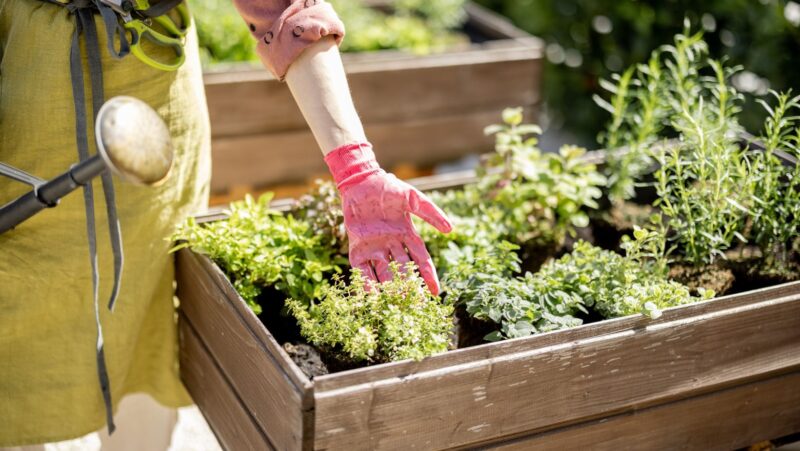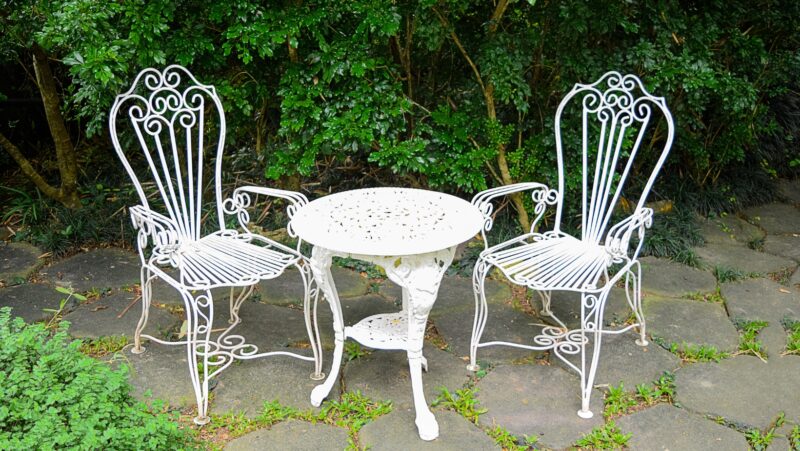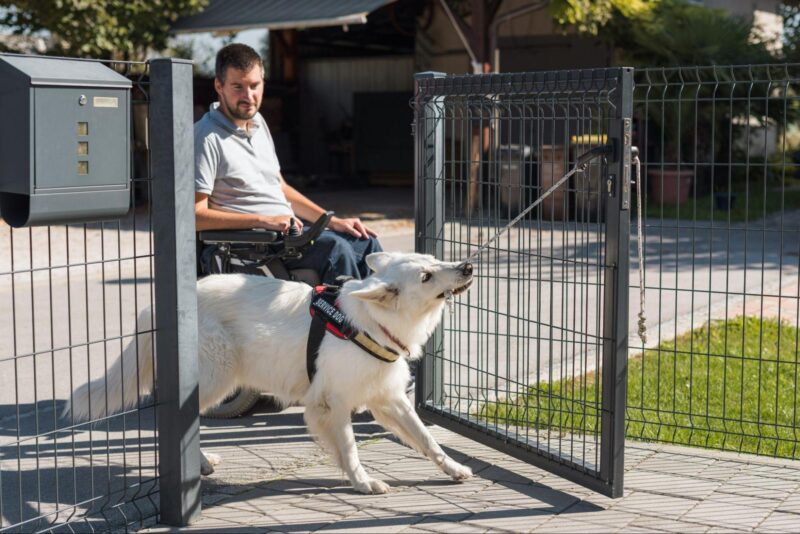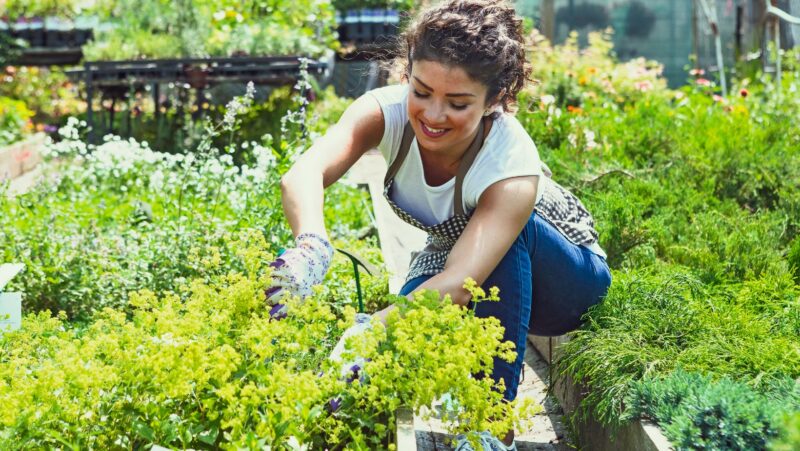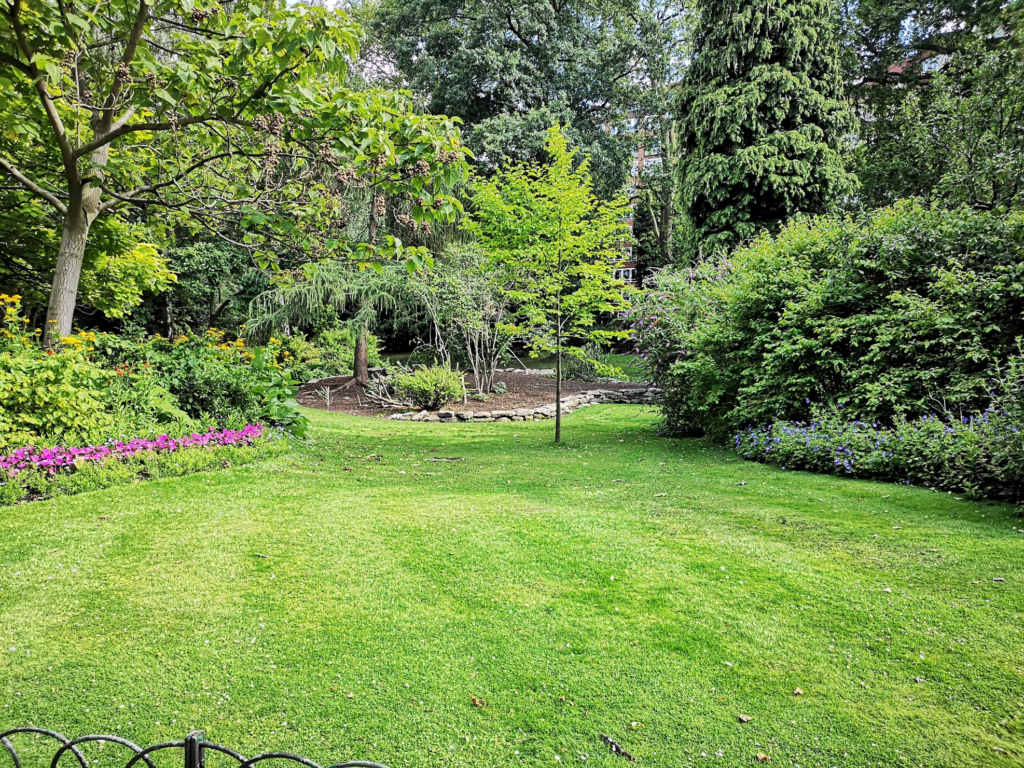
Enhancing your backyard transforms it into a vibrant extension of your home, not just increasing its aesthetic appeal but also its functionality. Whether you’re looking to entertain, relax, or simply enjoy more of nature, the right projects can turn any ordinary outdoor space into a personalized oasis.From serene garden pathways to lively entertainment zones, each modification not only caters to your lifestyle but also potentially increases your property value. As we explore a variety of creative projects, you’ll discover how to make the most of your backyard, regardless of its size.
Creative Projects for Outdoor Spaces
Transforming your backyard into a functional and enjoyable area can be achieved through a variety of creative projects. Each project can be tailored to your specific needs, whether you seek relaxation, entertainment, or a personal hobby space.
Families with young children might also consider installing safe and interactive playground equipment to provide a fun and secure environment for outdoor play. This not only encourages physical activity but also helps children develop social and motor skills right in their own backyard.
Building a Putting Green
Creating a putting green in your backyard is not just for golf enthusiasts but for anyone seeking to add a unique and engaging element to their outdoor space. The process involves selecting a flat area of your yard and preparing the base with layers of gravel and sand to ensure proper drainage. High-quality synthetic turf is recommended as it offers durability and a realistic golfing experience without the extensive maintenance that natural grass requires. You can further customize your putting green with features like multiple holes, sand traps, and even slight elevations to challenge your skills and add visual interest.
Installing Sustainable Features
Incorporating sustainable features into your backyard is both environmentally beneficial and cost-effective in the long run. Options like solar-powered lighting systems not only reduce electricity usage but also enhance the ambiance of your outdoor space at night.

Water conservation measures, such as installing rain barrels, can capture natural rainfall that can be used for watering your garden, reducing your water bill. Using recycled materials for constructing decks or pathways not only adds a rustic charm but also decreases waste. Each of these features contributes to a sustainable backyard ecosystem that supports local wildlife and reduces your carbon footprint.
Vertical Gardening
Vertical gardening is an innovative way to use limited space effectively while adding lush greenery to your backyard. This method involves using vertical surfaces to grow plants, which can include wall-mounted planters, freestanding vertical plant frames, and trellises. You can grow a variety of plants, including ornamentals, herbs, and even some vegetables. Vertical gardens can also act as a natural air filter, improving the air quality around your home. They provide a practical solution for urban dwellers who want to enjoy gardening but may not have the space for a traditional garden.
Starting a Herb Garden
Creating a herb garden can be a delightful addition to any outdoor or indoor space, providing fresh flavors and scents for your cooking and a beautiful array of greenery.
Here’s a comprehensive guide on how to start your herb garden:
- Choose the Right Location: Most herbs thrive in full sunlight, requiring about 6-8 hours of direct sun per day. Ensure the area you select has well-draining soil with a slightly acidic to neutral pH. If you’re limited on space or live in an urban setting, container gardening on a balcony or windowsill is an excellent alternative.
- Selecting Herbs: Start with herbs that you frequently use in your cooking or those whose scent you enjoy. Popular choices include basil, mint, parsley, sage, and thyme. Consider whether you want perennials, which come back every year, or annuals, which you’ll need to replant.

- Planting Options: You can start herbs from seeds, transplants, or cuttings. Seeds can be more challenging and require more time, so beginners might prefer buying young plants from a nursery. This can be especially useful for slow-germinating plants like rosemary and lavender. If you choose to use seeds, start them indoors in pots under grow lights before the last frost dates, then transplant them outdoors once the weather warms.
- Soil Preparation: Herbs do best in loose, fertile soil. If planting in containers, ensure good drainage by adding holes at the bottom and perhaps a layer of gravel before adding soil. Mix in some compost to provide nutrients and improve soil structure.
- Caring for Your Herbs: Water your herbs regularly, allowing the soil to dry out slightly between watering sessions. Overwatering can lead to root diseases. Most herbs require minimal fertilization; often, a light application of compost annually is sufficient. Harvest your herbs regularly to encourage more growth and prevent them from becoming leggy.
- Companion Planting: Plant herbs near other garden plants to benefit from mutual growth enhancement and pest control. For example, basil pairs well with tomato plants and can help repel certain insects.
Final remarks
Transforming your backyard with creative projects not only enhances your living space but also connects you to nature and potentially boosts your property value. Whether installing a putting green, embracing vertical gardening, or cultivating a herb garden, these initiatives promote sustainability, personal satisfaction, and aesthetic pleasure. Each project offers a unique way to personalize your outdoor area, making it a more enjoyable and functional part of your home. As you consider these options, think about how each could not only beautify your space but also create a sanctuary tailored to your lifestyle and needs.







